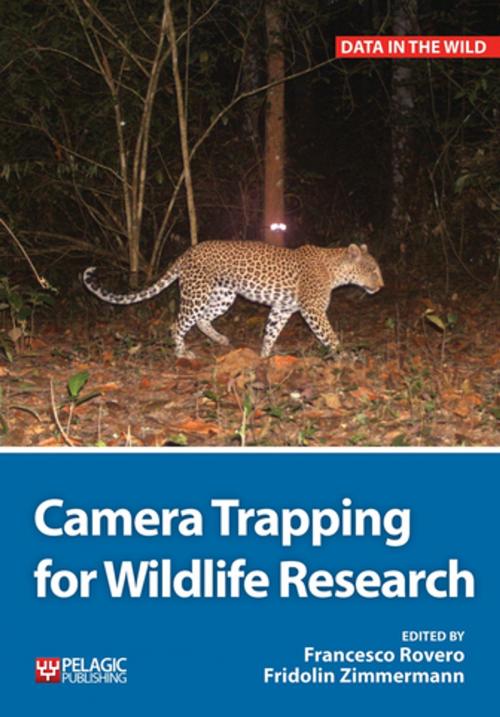Camera Trapping for Wildlife Research
Nonfiction, Art & Architecture, Photography, Pictorials, Nature & Wildlife, Science & Nature, Science, Biological Sciences, Ecology| Author: | ISBN: | 9781784270643 | |
| Publisher: | Pelagic Publishing | Publication: | June 18, 2016 |
| Imprint: | Pelagic Publishing | Language: | English |
| Author: | |
| ISBN: | 9781784270643 |
| Publisher: | Pelagic Publishing |
| Publication: | June 18, 2016 |
| Imprint: | Pelagic Publishing |
| Language: | English |
Camera trapping is a powerful and now widely used tool in scientific research on wildlife ecology and management. It provides a unique opportunity for collecting knowledge, investigating the presence of animals, or recording and studying behaviour. Its visual nature makes it easy to successfully convey findings to a wide audience.
This book provides a much-needed guide to the sound use of camera trapping for the most common ecological applications to wildlife research. Each phase involved in the use of camera trapping is covered:
- Selecting the right camera type
- Set-up and field deployment of your camera trap
- Defining the sampling design: presence/absence, species inventory, abundance; occupancy at species level; capture-mark-recapture for density estimation; behavioural studies; community-level analysis
- Data storage, management and analysis for your research topic, with illustrative examples for using R and Excel
- Using camera trapping for monitoring, conservation and public engagement.
Each chapter in this edited volume is essential reading for students, scientists, ecologists, educators and professionals involved in wildlife research or management.
Camera trapping is a powerful and now widely used tool in scientific research on wildlife ecology and management. It provides a unique opportunity for collecting knowledge, investigating the presence of animals, or recording and studying behaviour. Its visual nature makes it easy to successfully convey findings to a wide audience.
This book provides a much-needed guide to the sound use of camera trapping for the most common ecological applications to wildlife research. Each phase involved in the use of camera trapping is covered:
- Selecting the right camera type
- Set-up and field deployment of your camera trap
- Defining the sampling design: presence/absence, species inventory, abundance; occupancy at species level; capture-mark-recapture for density estimation; behavioural studies; community-level analysis
- Data storage, management and analysis for your research topic, with illustrative examples for using R and Excel
- Using camera trapping for monitoring, conservation and public engagement.
Each chapter in this edited volume is essential reading for students, scientists, ecologists, educators and professionals involved in wildlife research or management.















